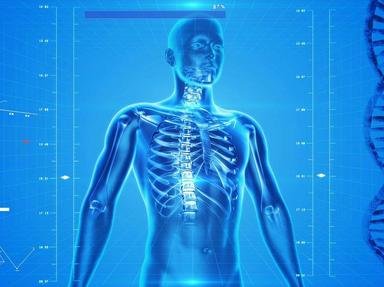Quiz Answer Key and Fun Facts
1. To start off with the mouth, what is the oral cavity also called?
2. What is the large intestine of the body also called?
3. Some nerves arise out of the brain.
4. Which is the smallest bone in the human body?
5. The gland present on the top of kidney is the pituitary gland.
6. What are the ridges present on the cerebral cortex called?
7. What elastic structure is present at the junction of the thoracic and abdominal cavities?
8. Time to test your senses! Which nerve plays a role in sending audio signals to the brain?
9. The cells of the liver are called hepatocytes.
10. To end with, a proverb. '_________ wins over brawn'.
Source: Author
kireeti
This quiz was reviewed by FunTrivia editor
rossian before going online.
Any errors found in FunTrivia content are routinely corrected through our feedback system.
